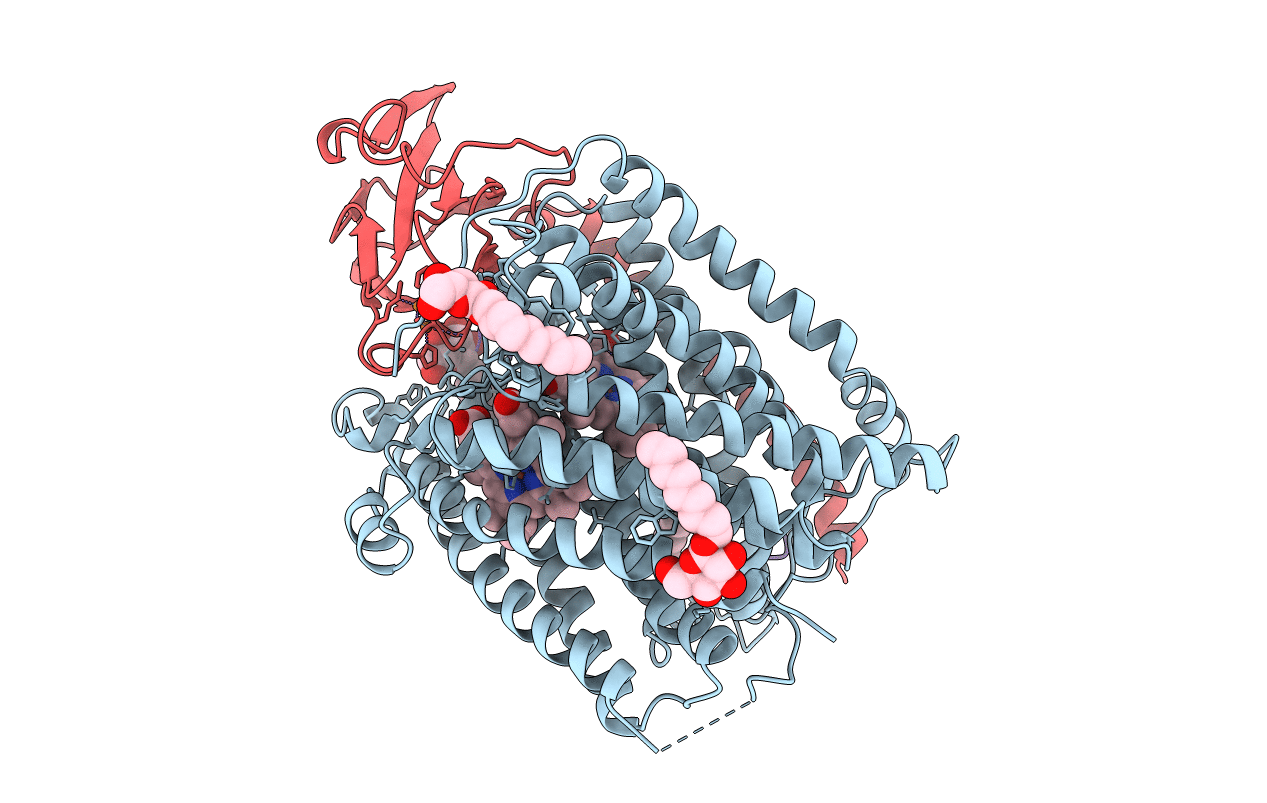
Deposition Date
2000-02-21
Release Date
2001-02-22
Last Version Date
2024-11-13
Entry Detail
PDB ID:
1EHK
Keywords:
Title:
CRYSTAL STRUCTURE OF THE ABERRANT BA3-CYTOCHROME-C OXIDASE FROM THERMUS THERMOPHILUS
Biological Source:
Source Organism:
Thermus thermophilus (Taxon ID: 300852)
Method Details:
Experimental Method:
Resolution:
2.40 Å
R-Value Free:
0.26
R-Value Work:
0.22
R-Value Observed:
0.22
Space Group:
P 43 21 2


